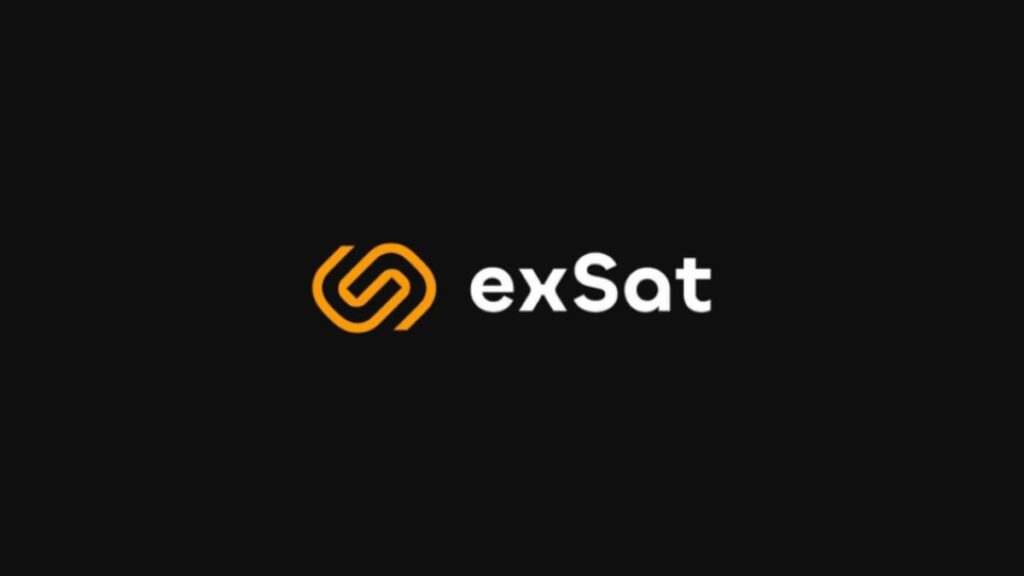In an effort to increase Bitcoin’s scalability and compatibility with layer-2 networks, EOS has unveiled a new option.

The creation of exSat, a docking layer, has been announced by EOS Network, a blockchain platform driven by the EOS virtual machine. ExSat aims to bridge the gap between the mainnet of Bitcoin and the various layer-2 scaling options available within the Bitcoin ecosystem.
The exSat Network team stated in a blog post on April 10 that their technology might increase Bitcoin’s data consensus to improve “interoperability, scalability, and security within the Bitcoin ecosystem.” The group at exSat Network:
“ExSat enables a seamless flow of assets and information across different networks and Bitcoin layer-2 scaling solutions by facilitating direct queries of BTC and ecosystem token balances.”
Powered by a hybrid consensus mechanism that merges proof-of-work, proof-of-stake, and delegated proof-of-stake, exSat wants to expand Bitcoin’s functionalities by synchronizing block data between Bitcoin miners and the exSat Network.
ExSat additionally incorporates decentralized state data indexing for native assets, which facilitates better interoperability and faster searching not only among native BTCs but also among extensions such as Runes, BRC-20, and BRC-721.
The team also highlights how the new network, which supports universal gas fees for Bitcoin, Ethereum (ETH), Ordinals, and stablecoins, would allow Solidity developers to create various applications.
Users would have to stake more than 100 BTC, or around $7 million, to be eligible to become validator nodes and take part in the network as validators. Nodes also need to stake XSAT tokens to obtain income rights.
